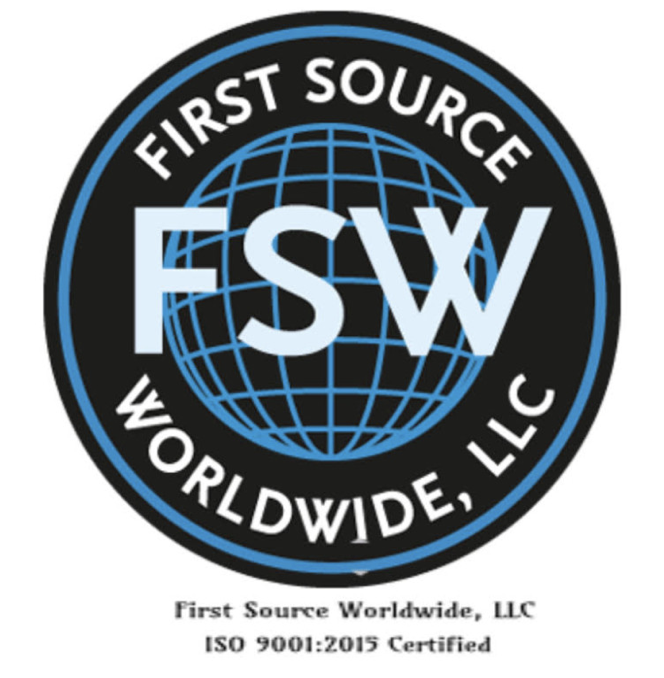The Evolution of Luxury Vinyl Tile (LVT) in North America
Vinyl flooring is popularly used in homes and offices due to its benefits, which have been consistent over the years. In North America, the resilience of the vinyl flooring is associated with its constant evolution in terms of composition and construction making it highly versatile.
The Luxury Vinyl Tile is one of the resilient and versatile flooring solutions among the Luxury Vinyl category, comprising of the Luxury Vinyl Tile (LVT) and the Luxury Vinyl Plank (LVP). LVT is made up of individual squares of varying sizes which are assembled by the user during installation. The flooring appears like a stone tile, and it offers the option of making various patterns to suit the needs of the customer. The consumer can easily replace or change damaged tiles, making it easy to repair the squares come in different sizes.
LVT first hit the market in the 1960’s and by the 1970’s it was sold as an improved form of the sheet vinyl, with a traditional hardwood floor’s appearance. This was in response to a high demand as the construction industry boomed. The LVT met the needs of the industry at a time when there was a rapid growth in non-residential and residential construction due to its high durability as well as aesthetic appeal.
Its popularity in North America is associated with the increase in preference for the glue-down construction that emerged in the 2000’s. Constructors preferred LVT to the more expensive alternatives such as carpet, hardwood, or laminate. LVT is relatively cheap since it is made up of composite materials, making it affordable and accessible to more consumers. The LVT does not accumulate dust particles. Besides, the flooring is not only water resistant, but also durable, making it resilient and not prone to scratching or scuffing. The flooring is suitable for basements, laundry rooms, kitchens, and bathrooms.
In the era of Do-It-Yourself (DIY) enthusiasts, the LVT became popular in North America due to its peel and stick option that made it easy for the consumer to install the flooring at home without professional help. There was an increase in the number of consumers interested in remodeling their facilities, as well as repairing and maintaining them by themselves.
Another version of LVT emerged to cater to the changing needs of the consumer, and this is referred to as loose-lay. This version is a good alternative for consumers interested in not only installing the floors easily, but also moving the flooring from one house to another as the need may arise. This increases the versatile nature of the flooring, making it more attractive to different segments in North America.
In North America, the LVT market is expected to continue to grow due to the expansion of the construction industry, increase in the popularity of tiles, and a rise in remodeling and innovation. The real estate industry in north America is also experiencing growth, which will increase the demand for the LVT. Its superior comfort, shock-absorbance, and noise control properties will continue enhancing its popularity in commercial and residential spaces in the North America region.
3 Comments
Comments are closed.




[…] cheaper types of vinyl, like sheet rolls, luxury vinyl comes in either planks (LVP) or tiles (LVT). Planks go down like hardwood and LVT flooring installation is similar to laying tile. This gives […]
[…] started in the 1960s but got popular in the 1970s10. It was tough and had many styles10. In the 2000s, a new way to put it down […]
[…] started in the 1960s but got popular in the 1970s10. It was tough and had many styles10. In the 2000s, a new way to put it down […]